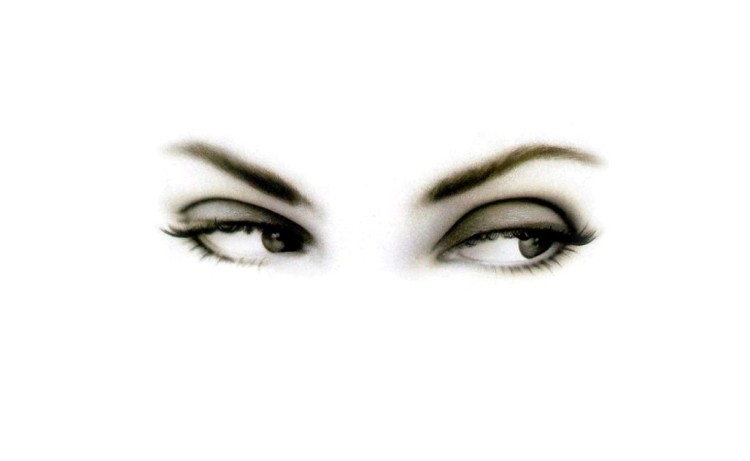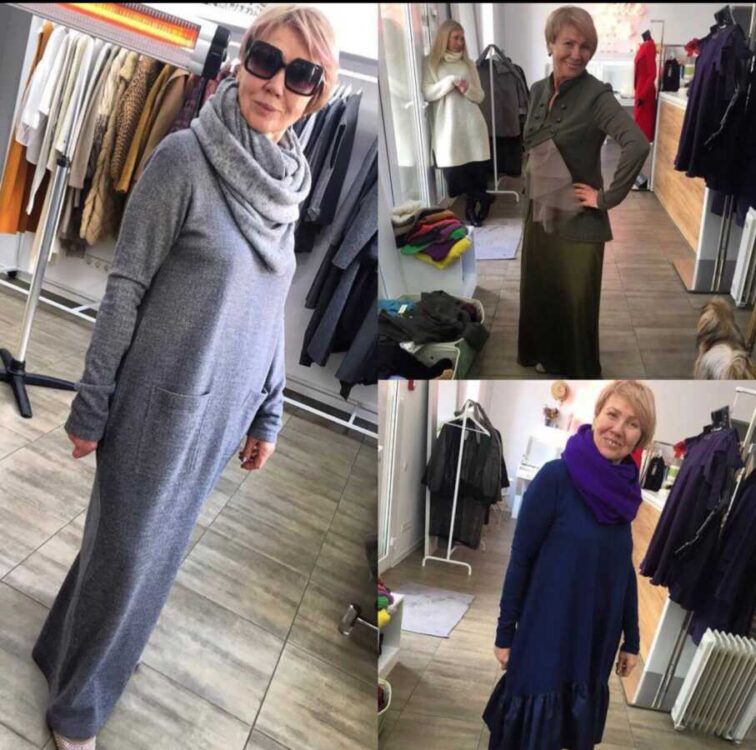CHANGE OF IMAGE AS A WAY OF COPING WITH NEGATIVITY

The problem of experiencing traumatic situations is related to the psychological well-being and even health of a person. Today's life is full of stress: emotionally a person is in constant tension, his thoughts “circle” around problems. In relation to how people cope with negative experiences, a certain tradition has developed in psychological science. The main areas of consideration of this problem are works on psychological defense mechanisms and coping strategies. Image change has good potential for coping with emotions for the following reasons: – the importance of the physical self for self-esteem and self-attitude – improving your appearance will have a positive impact on your self-perception; – the need for change intensifies in difficult life situations. Of course, everyone’s readiness for these changes is different, but during a period of difficult experiences, a person can even develop the following schemes, even on an irrational level: “something needs to change urgently, let it be at least me”, “I change - the situation will change” . That is, the change itself has a “therapeutic” effect; – external activity distracts a person’s attention from experiences. Changing your image is a certain external activity that allows you to divert attention from internal negative experiences. In order to consider the possibilities of changing an image as a coping strategy, we organized an experiment: we analyzed the dynamics of the experiences of five women - clients of a beauty salon in the process of changing an image. The following diagnostic methods were used: the “Social Adaptation Scale” questionnaire (Holmes and Reich), the “Characteristics of residual experience of unpleasant events” method from the package of methods for diagnosing the experience of critical situations by R.V. Ovcharova, the technique of ultimate meanings (MPS), developed by D.A. Leontiev, the “Personality Differential” method developed by E.F. Bazhin and A.M. Etkind. In addition to standardized methods, conversation and observation were actively used. The change of image took place in the process of visiting a cosmetologist, hairdresser, nail technician, consultations with a stylist and selection of clothes, consultations with a makeup artist. As a result, we made the following conclusions: 1. A change of image leads people, according to the participants, to a desire to live, a change in activity, harmony in relationships, freedom, satisfaction, peace, improved personal life, and health. It is possible to group the ultimate meanings into those reflecting family values and relationship values (harmony in relationships, improving personal life), as well as into meanings reflecting individual values (the desire to live, freedom). 2. The decision to change your image is mainly dictated by the desire to make changes in your life and your image, increase your self-esteem, attract attention, and assert yourself. An important fact is that the participants predicted in advance the effectiveness of changing the image to achieve the listed goals, which is a sign of a coping strategy. 3. The change in image gave the experiment participants, according to their self-reports, an excellent mood, confidence, comfort, narcissism, increased self-esteem, a sense of flight, social courage and determination, and a desire for career growth. That is, the indicators for the parameters of self-awareness, self-attitude, and self-realization have changed. 4. If we consider a change of image as coping, it is necessary to highlight the mechanisms of this process. Judging by the observed cases, there are several options for deploying such mechanisms. When with client #1 The coping mechanism “Change of image” is based on “activity”, “switching attention”, that is, for it the effect is most likely due to the fact that thanks to the procedures for changing the image it was possible to switch attention from internal activity, as well as from professional activities to the sphere of informal (“frivolous”) communication and personal life. Strength indicators decrease, which indicates a decrease in tension, which we regard as a favorable result. At the same time, self-esteem indicators do not increase; moreover, changes in appearance even somewhat confuse the subject. This type of coping mechanism of image change can be called "Frivolous activity." It is useful for hyper-responsible women who have forgotten about their femininity, which leads to the development of psychosomatic diseases and deprives them of simple human happiness. IN case No. 2, the main mechanism for coping with a change in image is increasing self-esteem by changing appearance, which is a resource state, especially for women - “I am a beauty.” The subject became more open, friendly, communicative, and active. At the same time, strength indicators increase, since in this case strength is not an obstacle, but, on the contrary, a necessary condition. A similar mechanism “worked” in the case of another client (case No. 3). She also needed increased self-esteem, strength and activity. Confidence in one's own appearance increased social courage. U participants No. 4 Against the background of high self-esteem of personal qualities, there were worries about age-related changes in appearance. The change in image also allowed her to gain confidence in her attractiveness. This type of coping mechanism for image change can be called "Gaining Confidence". It is useful for women whose self-esteem has been undermined by life circumstances, unsuccessful relationships, age-related changes, and perhaps they inherited low self-esteem from their parents. To withstand the blows of fate, they need to be confident in themselves, and a woman’s strength lies in her beauty. IN case No. 5 we are observing another mechanism. The participant is a self-confident woman: she has a positive image of herself, considers herself strong and active, independent - the “Iron Lady”. Despite a number of difficult life circumstances, she practically does not worry in a subjective sense: “I’m calm,” “everything is fine with me.” However, she admits that she is afraid to be alone, which indicates an avoidance of awareness of her feelings. For her, the procedures of taking care of her appearance became a symbol of a return to femininity, helped her “soften”, begin to feel, admit to herself her desires and experiences. This mechanism can be called "Journey to the Senses". It is especially useful for women who at some point in their lives, in order not to experience mental anguish, “numbed” themselves and stopped feeling. By depriving themselves of the opportunity to experience negative feelings, they also deprived themselves of positive emotions. In addition, the connection with the need sphere is lost, because it is negative feelings that signal to us that there is an unsatisfied need. So, the hypothesis of our research has been proven. Indeed, changing your image is a way of coping with emotions. Using the example of beauty salon clients, we identified positive dynamics in experiencing life circumstances, increasing self-confidence due to a change in image. ...at least three mechanisms have been identified that underlie the “image change” coping strategy and ensure its effectiveness. We gave them conventional names: changing the image as “Frivolous Activity”, “Gaining Confidence” and “Journey to Feelings”.
|






